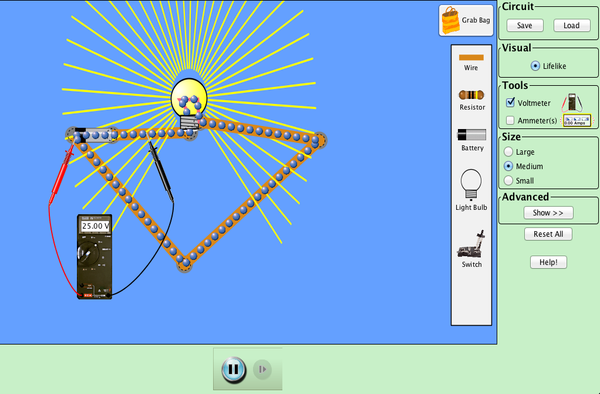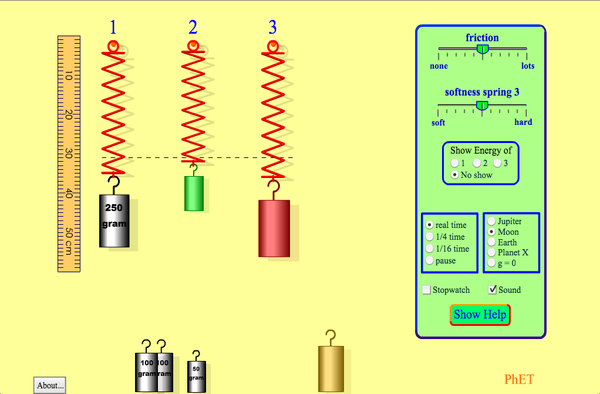- W-3/5 Mrs. ANDERSON PROCTOR
- You will be allowed to use a four-function, scientific, or graphing calculator on the entire AP Physics 1 Exam – including both the multiple-choice and free response sections. Check the list of approved graphing calculators (which also includes a list of devices that are not allowed)
- Bring a calculator you are familiar with. It is a good idea to bring extra batteries .You may bring up to two calculators.
- Students may not share calculators.
- Tables containing equations commonly used in physics will be provided during the entire AP Physics 1 Exam. Because the equation tables will be provided, you will not be allowed to bring your own copies into the exam room.
For solving problems and writing essays, a sophisticated scientific or graphing calculator, tables of equations, or the availability of stored equations, is no substitute for a thorough grasp of the physics involved. In scoring the exam, little or no credit will be awarded for simply writing down equations or for answers unsupported by explanations or logical development.
a>
 </
</


